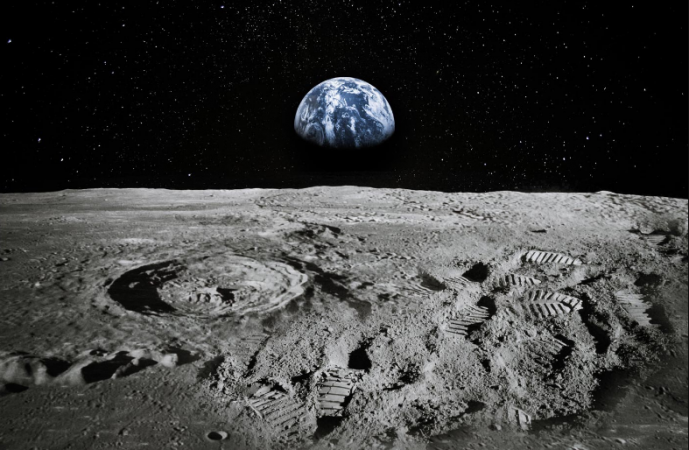
USA: Several lunar missions are anticipated in the coming decade, and space organizations around the world argue that the Moon should have its own time zone.
In November 2022, discussions began at ESA's ESTEC Technology Center about a common lunar reference time. Currently, a "joint international effort is now being launched" for this purpose.
Lunar exploration is entering a new era. For example, thanks to the recent success of the Artemis 1 mission, we are getting closer to establishing a permanent presence on our natural satellite, the Moon.
Also Read: A triple appearance of a galaxy within cluster RX J2129 was seen in a JSWT image
A common timezone on the Moon would enable lunar missions to "sync up, interoperate and self-navigate", as the ESA puts it.
Every lunar mission up to this point operated on a time scale exported from Earth. The onboard chronometer is kept in sync with local time thanks to two-way communication using deep space antennas.
On the other hand, ESA claims that it "will not be sustainable" for long. Joint observations may be made by different lunar missions, which may require them to communicate.
Also Read: Data breaches increased in 2022 with malware and crypto attacks
Creating a standard lunar timezone will not be easy. One of the options for an international group of space organizations is whether or not there should be a single organization responsible for creating and maintaining lunar time. They must also choose whether to synchronize lunar time with Earth's time.
Depending on their location on the Moon, the clocks move rapidly, advancing between 56 microseconds and millionths of a second each day. It's important to note that whatever common lunar time zone the team chooses, it will eventually need to be useful to astronauts.
Bernhard Hufenbach said, "This would be quite a challenge on the surface of the planets, where each day is 29.5 days long in the equatorial zone, including icy fortnight-long lunar nights.
Also Read: The Crew-6 mission from SpaceX and NASA has successfully launched to the ISS
where the whole Earth is just a tiny blue circle in the dark sky." Is." Members of the Moonlight management team from the European Space Agency's Human and Robotic Exploration Directorate.